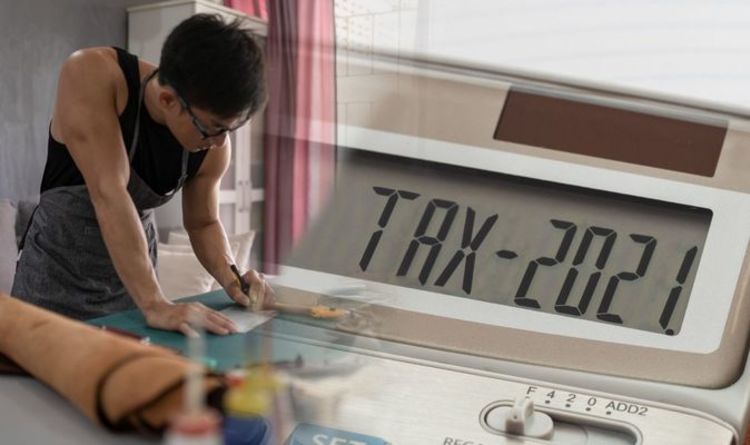Across the self-employed landscape, the average number of weeks without work dropped from five to 4.3.
Chloé Jepps, the Head of Research at IPSE, commented on this and examined how IR35 may exacerbate problems: “The last Confidence Index of 2020 shows several concerning trends for freelancers.
“First and foremost, the average freelancer was working more for less. This is because, when they were more able to work before entering this renewed lockdown, they were cutting their rates to competitively scoop up as much work as possible.
“It is a worry that this could translate to a longer-term downward trend in freelancer day rates.
“Concerning, too, is that unlike the rest of the sector, managerial freelancers did not see an increase in work even before this lockdown. While others cut their day rates to get as much work as possible while the going was good, for managerial freelancers, the going never got good.
“On top of this, managerial freelancers – along with professional freelancers – are one of the groups that will be most affected by the changes to IR35 due in April. It is…








































